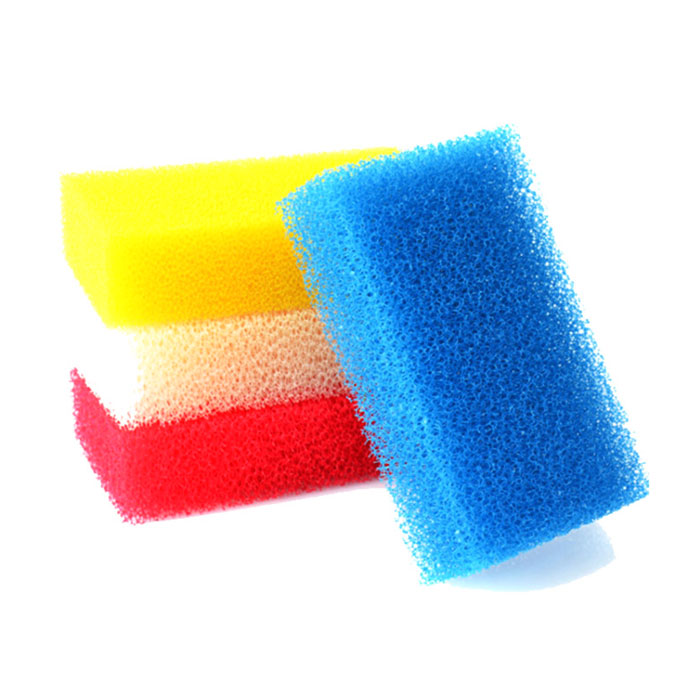- English
- Español
- Português
- русский
- Français
- 日本語
- Deutsch
- tiếng Việt
- Italiano
- Nederlands
- ภาษาไทย
- Polski
- 한국어
- Svenska
- magyar
- Malay
- বাংলা ভাষার
- Dansk
- Suomi
- हिन्दी
- Pilipino
- Türkçe
- Gaeilge
- العربية
- Indonesia
- Norsk
- تمل
- český
- ελληνικά
- український
- Javanese
- فارسی
- தமிழ்
- తెలుగు
- नेपाली
- Burmese
- български
- ລາວ
- Latine
- Қазақша
- Euskal
- Azərbaycan
- Slovenský jazyk
- Македонски
- Lietuvos
- Eesti Keel
- Română
- Slovenski
- मराठी
- Srpski језик
Will polyurethane foam change color during use?
2025-06-19
Polyurethane foam may change color during use. The reasons for the discoloration are usually as follows:
1. UV exposure
Polyurethane foam exposed to sunlight for a long time, especially when ultraviolet (UV) radiation is strong, may cause oxidation reaction on the foam surface, resulting in discoloration. The foam surface may turn yellow or white.
2. Oxidation reaction
Polyurethane foam may undergo oxidation reaction when it comes into contact with oxygen in the air, causing the foam color to gradually change. This usually appears as a yellow or brown discoloration, especially more obvious in high temperature environments.
3. Temperature change
High temperature or extreme temperature difference changes can accelerate the aging process of the foam, causing color changes. Prolonged heat exposure (such as near a heat source) may cause the foam surface to discolor or age.
4. Chemical reaction
Polyurethane foam color may also change due to reactions with other chemicals. For example, certain cleaning agents, chemicals or solvents may come into contact with the foam, causing the color to change.
5. Pollutants in the air
Some pollutants in the air, such as smoke, dust, acid rain, etc., may react with the foam surface and cause discoloration.
6. Usage Environment
Polyurethane foam may change color in certain environments, especially in environments with high humidity or containing certain chemicals.
In short, the color change of polyurethane foam is mainly related to external environmental factors and material aging.




